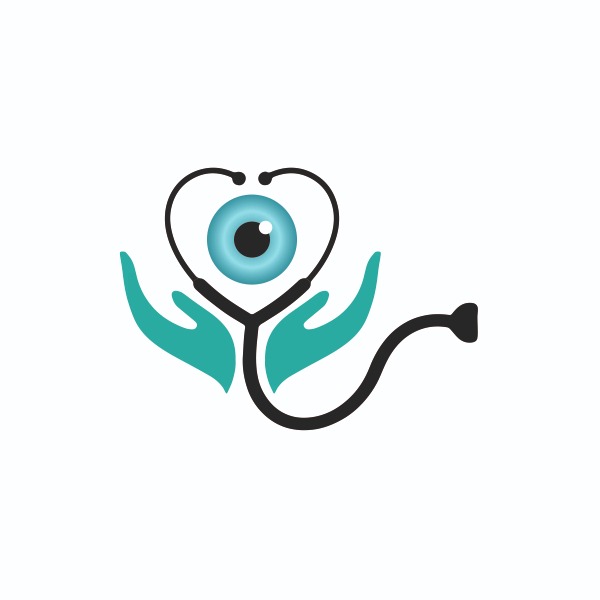+918850846511
Recently updated about

This is your website preview.
Currently it only shows your basic business info. Start adding relevant business details such as description, images and products or services to gain your customers attention by using Boost 360 android app / iOS App / web portal.
Description
Women's health services encompass a range of preventive, diagnostic, and treatment services tailored to the unique health needs of women. Here are overviews of two key areas: osteoporosis management and breast examination. ### Osteoporosis Management Osteoporosis is a condition characterized by weakened bones, increasing the risk of fractures. It is particularly common in postmenopausal women due to the decrease in estrogen levels. #### Diagnosis 1. *Bone Density Test (DXA Scan):* - Measures bone mineral density (BMD) using dual-energy X-ray absorptiometry. - Typically recommended for women over 65, postmenopausal women with risk factors, or those with a history of fractures. 2. *Risk Assessment:* - Evaluates personal and family history of fractures. - Considers factors such as age, weight, smoking, alcohol use, and medications. #### Prevention and Treatment 1. *Lifestyle Changes:* - *Calcium and Vitamin D:* Ensure adequate intake through diet or supplements. Foods rich in calcium include dairy products, leafy greens, and fortified foods. Sun exposure and fortified foods help with vitamin D. - *Exercise:* Weight-bearing and muscle-strengthening exercises improve bone density and overall bone health. - *Smoking Cessation and Alcohol Moderation:* Both smoking and excessive alcohol intake can weaken bones. 2. *Medications:* - *Bisphosphonates:* Slow bone loss and may increase bone density (e.g., alendronate, risedronate). - *Hormone Replacement Therapy (HRT):* Can be considered for postmenopausal women, but it has potential risks. - *Selective Estrogen Receptor Modulators (SERMs):* Mimic estrogen’s beneficial effects on bone density without some of the risks of HRT (e.g., raloxifene). - *Other Medications:* Denosumab, teriparatide, or romosozumab may be used in certain cases. 3. *Regular Monitoring:* - *Follow-up DXA Scans:* Periodically assess bone density to monitor the effectiveness of treatment. - *Medical Check-ups:* Regular visits to a healthcare provider to adjust treatment as necessary. ### Breast Examination Breast health is crucial for early detection of breast cancer and other breast-related conditions. Regular breast examinations, both self-exams and clinical exams, play a vital role. #### Types of Breast Examinations 1. *Self-Breast Exam:* - Women are encouraged to perform monthly self-exams to become familiar with the normal look and feel of their breasts. - Best done a few days after the menstrual period ends, when breasts are least likely to be swollen or tender. - Steps include visual inspection for changes in size, shape, or skin texture and palpation to feel for lumps or abnormalities. 2. *Clinical Breast Exam:* - Performed by a healthcare provider during routine check-ups. - Involves a visual and physical examination of the breasts and underarm area. - Typically recommended every 1-3 years for women in their 20s and 30s, and annually for women aged 40 and over. 3. *Mammography:* - An X-ray of the breast used to detect early signs of breast cancer. - Recommended annually or biennially for women aged 40-74, though guidelines may vary based on risk factors. #### Additional Diagnostic Tools 1. *Ultrasound:* - Used to further evaluate abnormalities found during a physical exam or mammogram. - Helps differentiate between solid masses and fluid-filled cysts. 2. *MRI:* - Recommended for women at high risk of breast cancer or those with dense breast tissue. - Provides detailed images of the breast tissue. 3. *Biopsy:* - If a lump or abnormality is detected, a biopsy may be performed to remove a small sample of breast tissue for analysis. #### Prevention and Risk Reduction 1. *Healthy Lifestyle:* - Maintain a healthy weight, exercise regularly, and limit alcohol intake. - Eat a balanced diet rich in fruits, vegetables, and whole grains. 2. *Risk Factor Management:* - Discuss family history of breast cancer with a healthcare provider. - Consider genetic counseling and testing if there is a strong family history of breast or ovarian cancer. 3. *Medication and Surgery:* - For high-risk women, preventive medications (e.g., tamoxifen or raloxifene) may be considered. - Prophylactic mastectomy or oophorectomy may be options for women with a very high risk of breast cancer. By adhering to these guidelines and regularly consulting healthcare providers, women can effectively manage osteoporosis and breast health, leading to early detection and better outcomes for related conditions.

